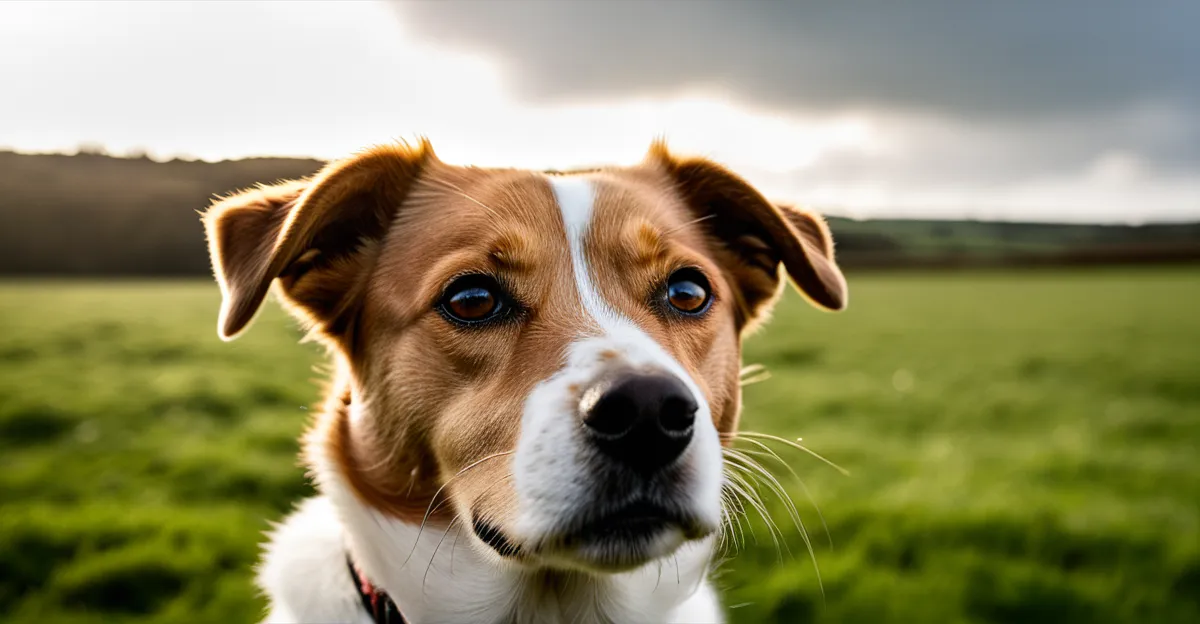Effects of UK Cold Weather on Pet Health
Cold weather poses significant risks to pet health, particularly during harsh UK winters. One of the primary concerns is hypothermia, which occurs when pets lose body heat faster than they can generate it, leading to dangerously low body temperatures. Signs include shivering, lethargy, and in severe cases, unconsciousness. Pets exposed to prolonged cold may also suffer frostbite, especially on extremities like ears, paws, and tails.
Certain breeds and ages are more vulnerable. Small, short-haired dogs, elderly pets, and young puppies struggle to maintain warmth and are at higher risk of cold-related ailments. Similarly, animals with underlying health issues may require extra caution.
Also to read : What Are the Best Exotic Pets in the UK and Why?
To protect pets, owners should consider practical winter pet care strategies. Providing adequate shelter, such as insulated dog houses or well-heated indoor areas, is crucial. Limiting outdoor exposure during freezing temperatures helps prevent hypothermia and frostbite. Protective clothing, like dog coats or booties, offers additional warmth and paw protection from icy or salted pavements. Regular checks for signs of discomfort or cold stress ensure timely intervention.
Prioritizing these steps can safeguard your pet’s well-being throughout the UK’s cold spells.
Also to read : How Can Owning a Pet Enhance Your Home Life in the UK?
Impact of Rain and Dampness on Pet Wellbeing
Rain and dampness introduce distinct challenges to pet health risks, especially during the UK’s unpredictable wet weather. Exposure to moisture can exacerbate joint issues such as arthritis, making movement painful for older or predisposed pets. Damp conditions also increase the likelihood of respiratory problems, including bronchitis and kennel cough, as cold, wet environments stress the respiratory system.
Another common consequence involves skin and fur complications. Prolonged wetness often leads to hot spots—irritated, infected areas caused by bacteria flourishing in moist skin folds. Pets with dense or long fur face increased risks of matted coats, which trap moisture and dirt, further harming skin health. Regular drying and grooming can mitigate these risks and restore comfort.
Effective wet weather care involves timely measures: using waterproof coats during walks, avoiding long exposure in rain, and drying paws and fur thoroughly afterward. It is essential to inspect pets often for redness, flakiness, or unusual odors that indicate infections. Understanding the interaction between rain, dampness, and pet health allows owners to prevent complications through proactive care, securing their companions’ wellbeing through the UK’s soggy seasons.
Risks Associated with Heat and Humidity for Pets
During hot weather, pets face serious threats such as heatstroke and dehydration, which occur when their bodies cannot cool down efficiently. Heatstroke symptoms include excessive panting, drooling, weakness, vomiting, and collapse. Recognising these signs early is crucial to prevent fatal outcomes. Dehydration, another common risk, leads to lethargy, sunken eyes, and dry gums, indicating a need for immediate hydration.
High humidity worsens the impact of heat by reducing evaporative cooling through panting, making it harder for pets to regulate temperature. Direct sun exposure during UK heatwaves can cause burns on sensitive areas like noses and ears, and exacerbate heat-related illnesses.
To protect pets in warm season pet care, provide constant access to fresh water and ensure shaded, well-ventilated resting areas. Avoid strenuous outdoor exercise during peak heat hours. Cooling mats, damp towels, or fans can help lower body temperature effectively. For breeds prone to overheating, such as brachycephalic dogs, extra caution is essential.
Implementing these steps reduces heat-related pet health risks and supports your companion’s comfort and wellbeing during UK hot spells.







